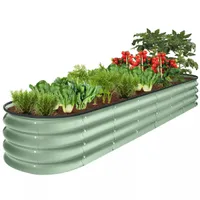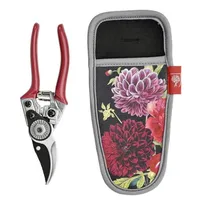9 low-maintenance yard plants that are impossible to kill
Garden plants that anyone can keep alive
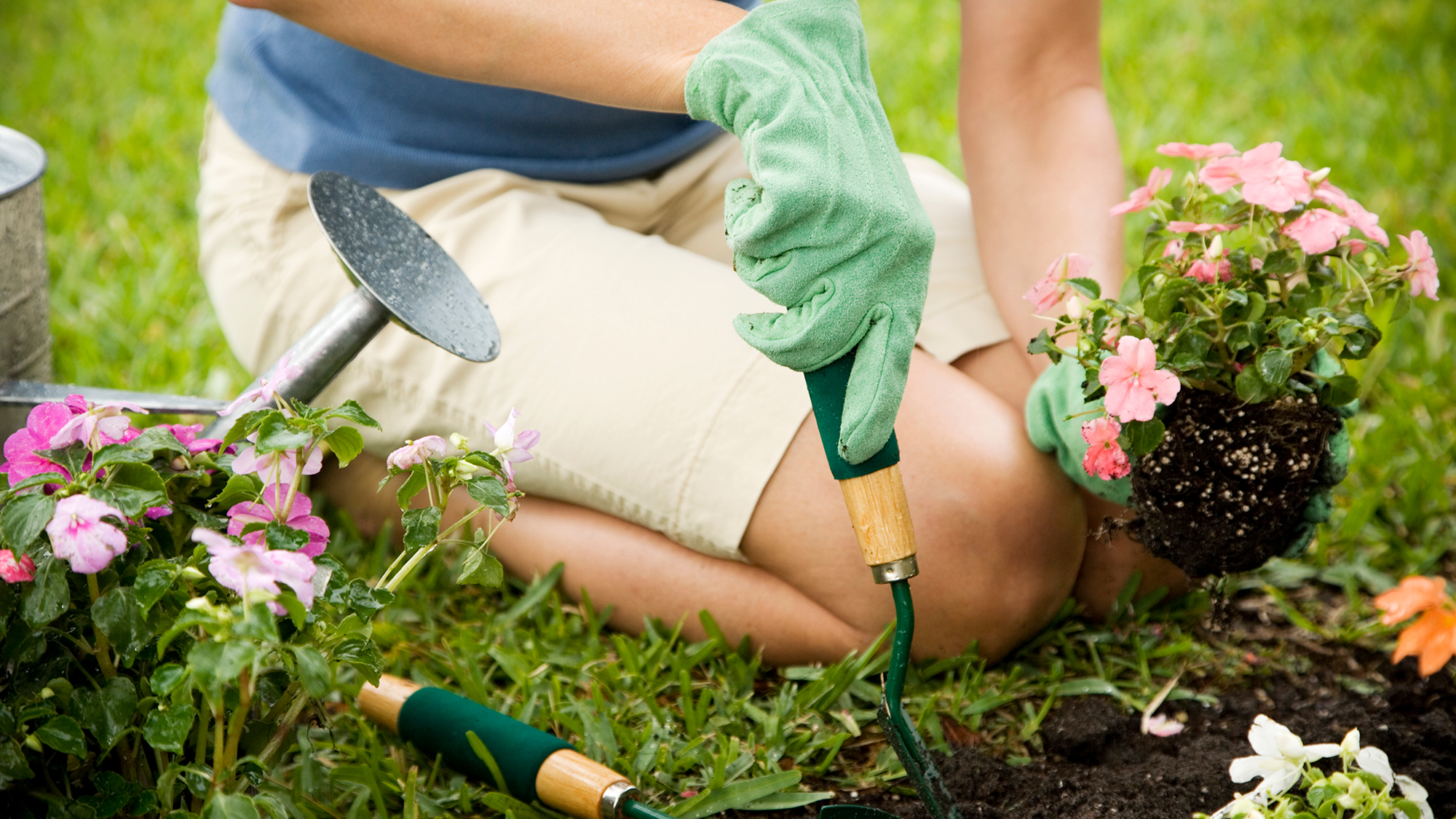
Every gardener has had the experience of seeing a plant fade past the point of no return.
What was once vibrant and leafy becomes brown and lifeless. Maybe it’s due to overwatering, underwatering, too little sun, or too much — it can be hard to tell exactly what caused it.
But regardless of the reason, it can be demoralizing and discouraging to see a beloved plant die. For any gardeners who are feeling wary about investing in new greenery, it can be smart to choose species that are tough by nature.
Here are 9 different plants that are easy to grow, impossible to kill, and enjoyable to look at in the garden:
How to choose a hardy plant
Often described as “low maintenance” or “hardy,” these plants are simply ones that are near-impossible to kill. They are usually able to tolerate a range of different temperatures, including cold snaps, and can often be drought-resistant or tolerant.
Some of them are pest-resistant, while others are able to thrive in rocky or poor quality soils. Depending on the conditions of your garden, you might have specific problem areas to address, like the shaded area under a tree or a brightly lit patch of gravel.
The good news is that there is a plant that can thrive in each of these conditions, if you know what to look for.
Get instant access to breaking news, the hottest reviews, great deals and helpful tips.
9 low-maintenance yard plants
1. Hosta
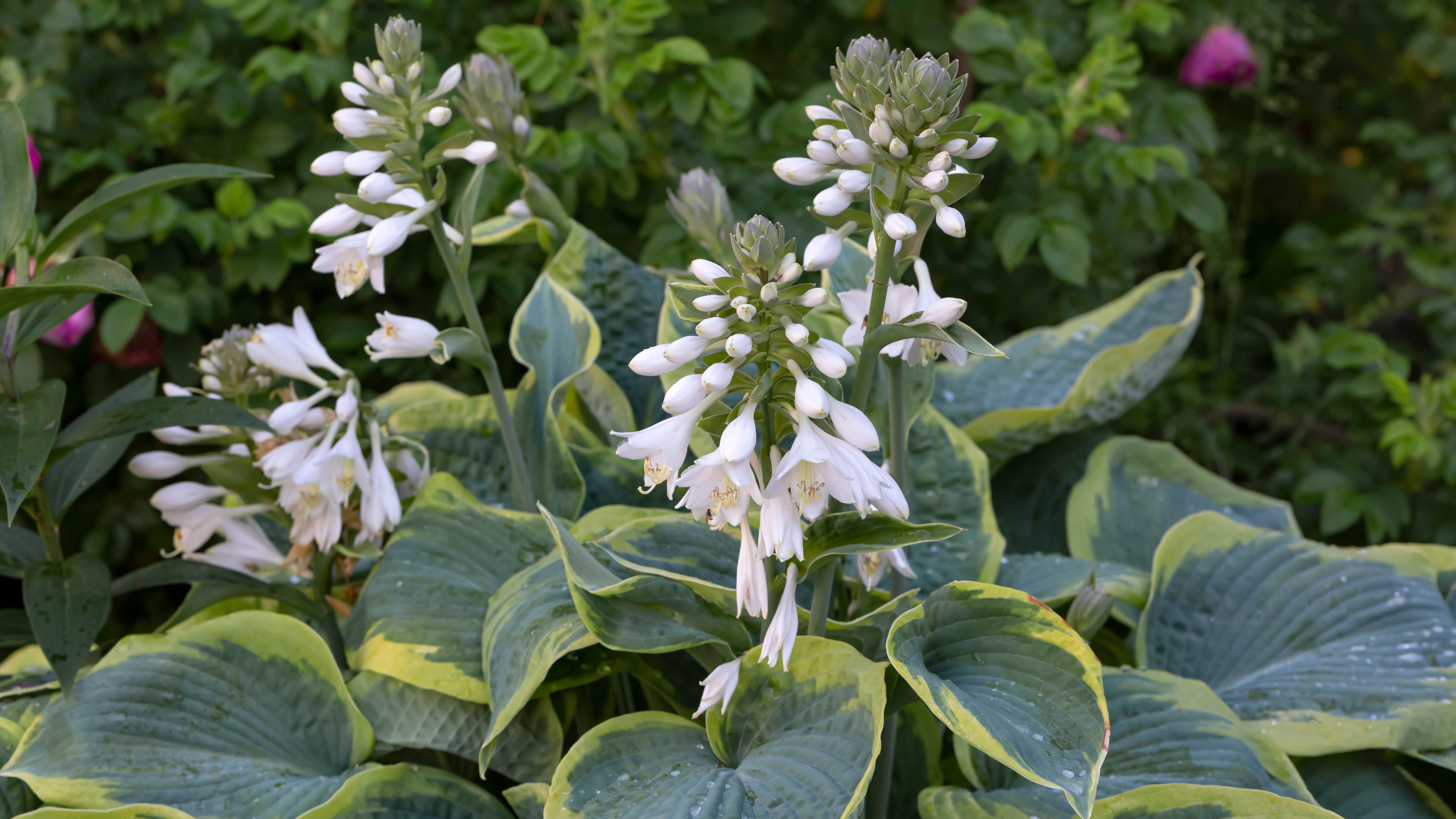
Perfect for: Low levels of sunlight
Also known as the plantain lily, hosta is a leafy plant with large foliage that forms a rounded, low-lying mound of greenery.
There are several different species that come in various sizes and colors, but the most common varieties are green and often two-toned, with white or yellow centers.
You can even find some purple varieties with striking purple and pink leaves. Hosta is able to thrive with very little sunlight, making it perfect for shady corners of the garden that need a bit of life. It reaches full maturity in 3-7 years and will grow back reliably every year, with minimal intervention or maintenance from the gardener.
Although known for their foliage, hosta does flower each summer and produces blooms of white, purple or pink.
Grow your favorite herbs, flowers, succulents, or veggies in this garden bed that will help you embrace your green thumb. The planter features an open base, which supports soil drainage, prevents leaching, and helps maintain soil health and balance.
2. Daylilies
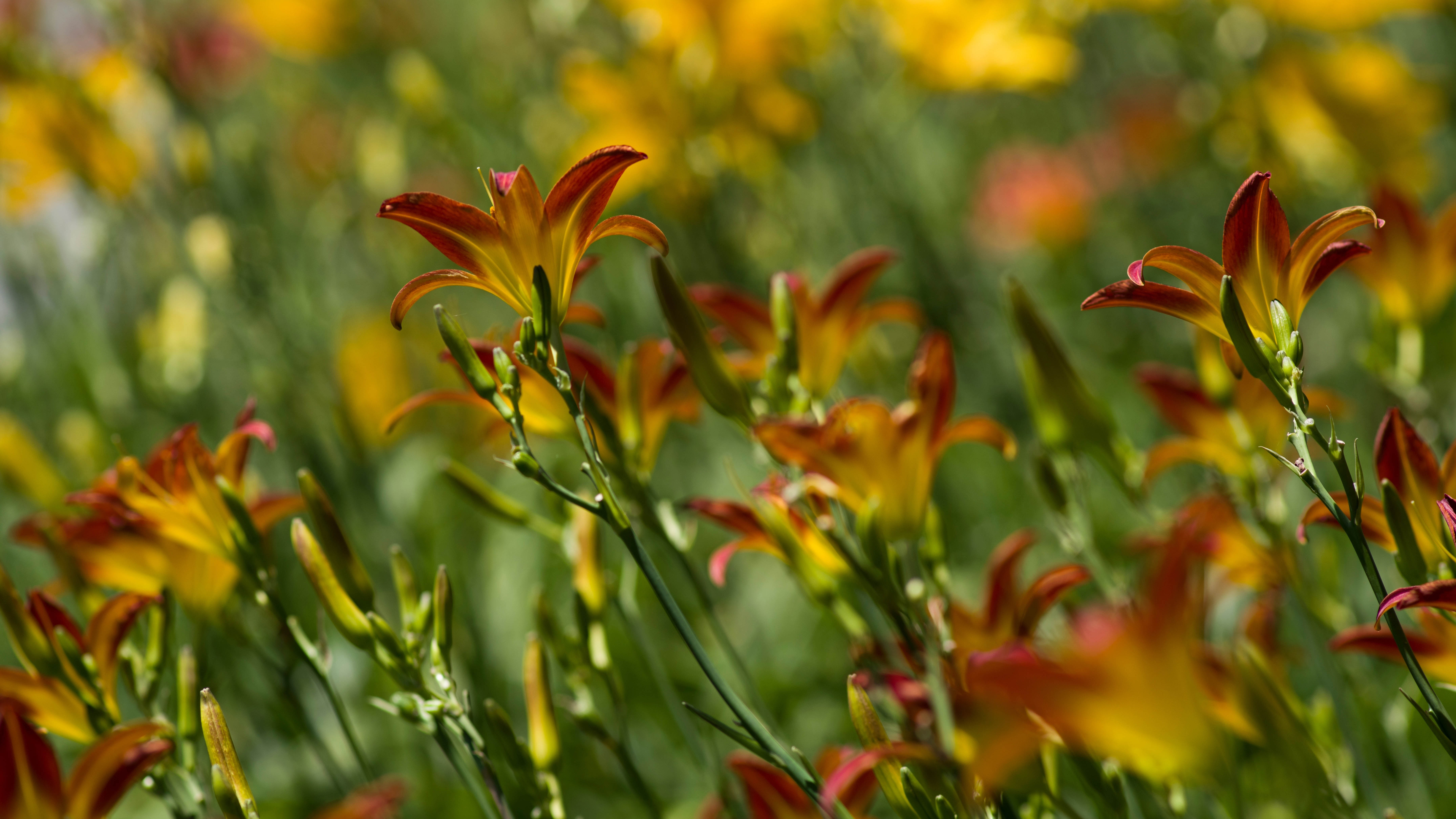
Perfect for: Poor quality soils, hot conditions
Daylilies have become more ubiquitous over the years as people have discovered their hardiness and ability to grow in different conditions.
Since they can survive at both ends of extreme temperatures, daylilies can be grown throughout zones 3 to 10; look at specific varieties to determine which is best for your region.
This plant is characterized by its vivid blooms that come in all of the warm shades: Think red, yellow, orange and everything in between. Different varieties feature more unusual flower shapes and interesting color patterns, so there really is something for every taste.
Notably, daylilies can still produce flowers even when planted in poor quality soil and therefore they don’t need extra fertilizer.
The only real maintenance they benefit from is deep watering during particularly hot summers, making this species a reliable and cheerful addition to the garden.
3. Knock out roses
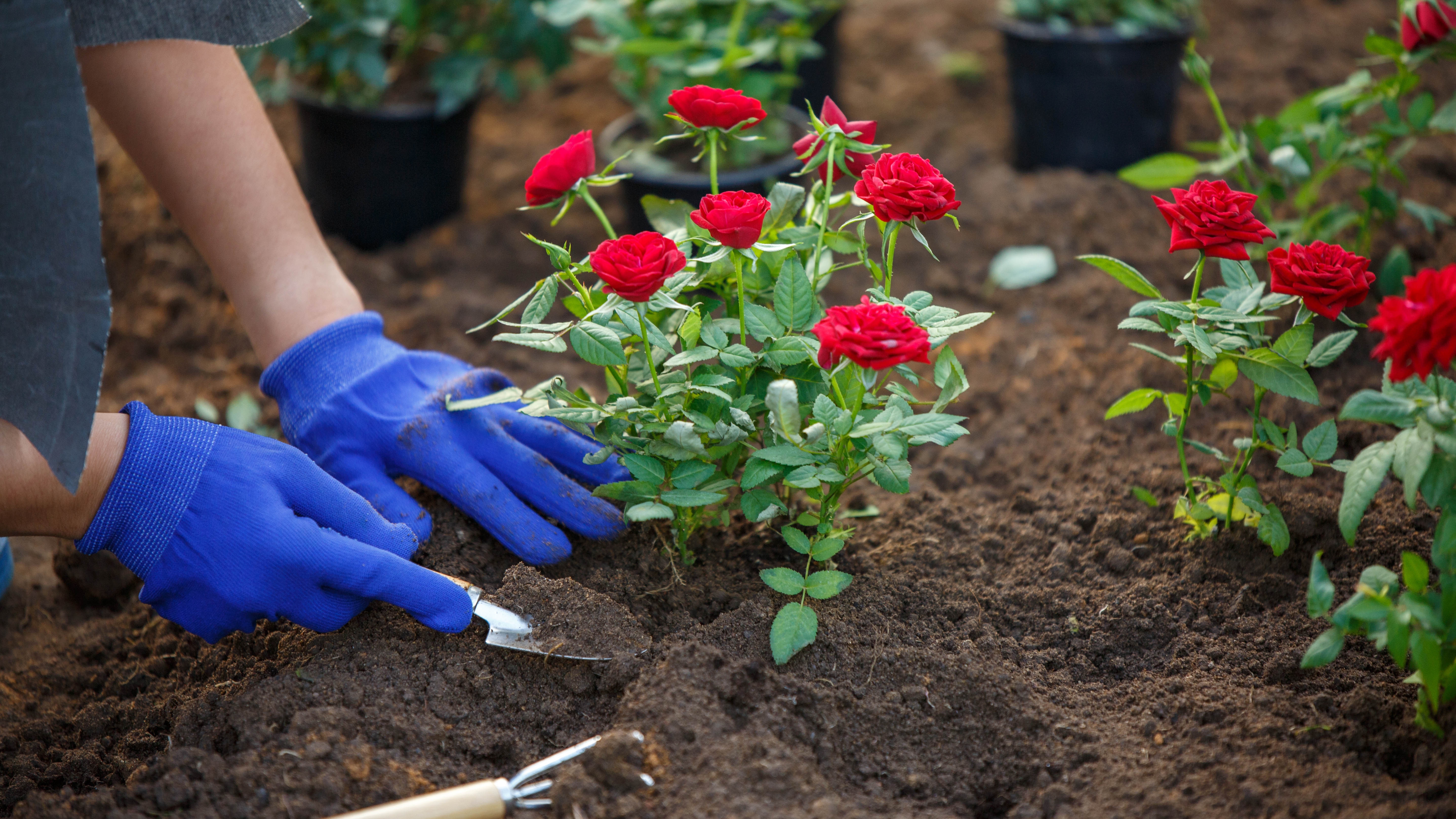
Perfect for: Disease-ridden areas, dry conditions
Roses are a staple of any English garden, but the Knock Out variety is particularly well suited to all kinds of American yards.
While they do prefer slightly warmer conditions and are therefore recommended for zones 5 through 11, Knock Out roses are happy in both full or partial sunlight and can survive just fine in a drought. They also come in all the warm shades of the rainbow, from cream, yellow, and peach to orange, coral, and red.
Not only do Knock Out roses provide all the delight of traditional roses, but they don’t have the negatives: They will drop their own flowers at the end of the season so there’s no need for deadheading, or risking getting a cut from the thorns.
However, it is recommended to prune the bush annually, for general shaping and growth.
You can find varieties that range from 3 feet to 10 feet in both width and height, so you can easily fill whatever space you have available.
4. Geranium
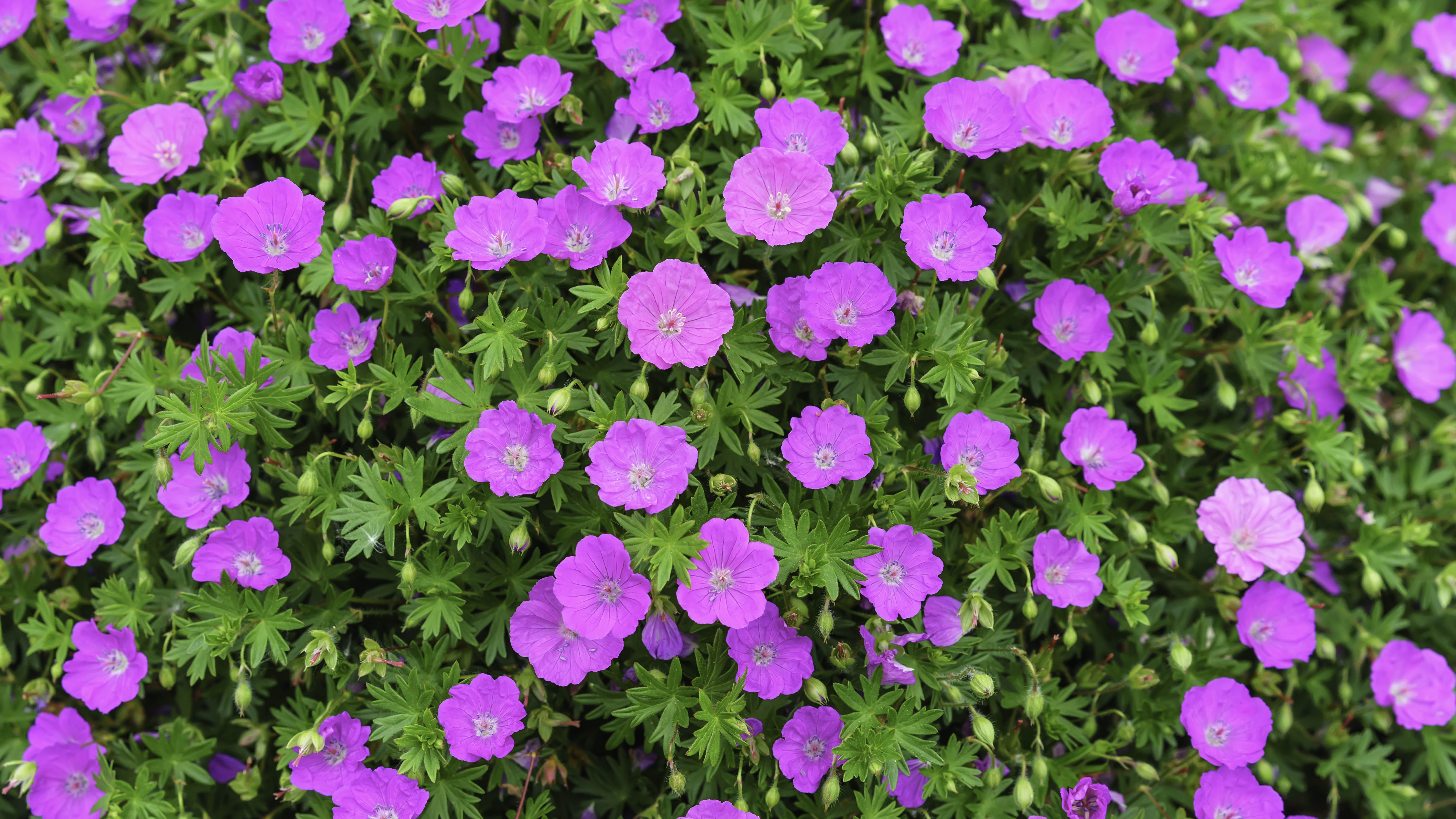
Perfect for: Containers, poor soil quality
Everyone is familiar with the vibrant, almost-fluffy flowers of the geranium, which is one reason it has become such a beloved favorite.
Geraniums come in a mix of different colors but all are saturated and eye-catching, making them a great choice for statement displays. They are particularly well-suited for containers as they flower best when they are a little root-bound, this enables them to be easily moved out of the strongest summer sun as needed (this can damage the blooms.)
Geraniums will thrive in all kinds of soil and are known for their long blooming seasons, which you can prolong by deadheading throughout the season.
This is the only real care you’ll need to give the plant, however, as this is one of the most easy-going species around.
5. Dead nettle
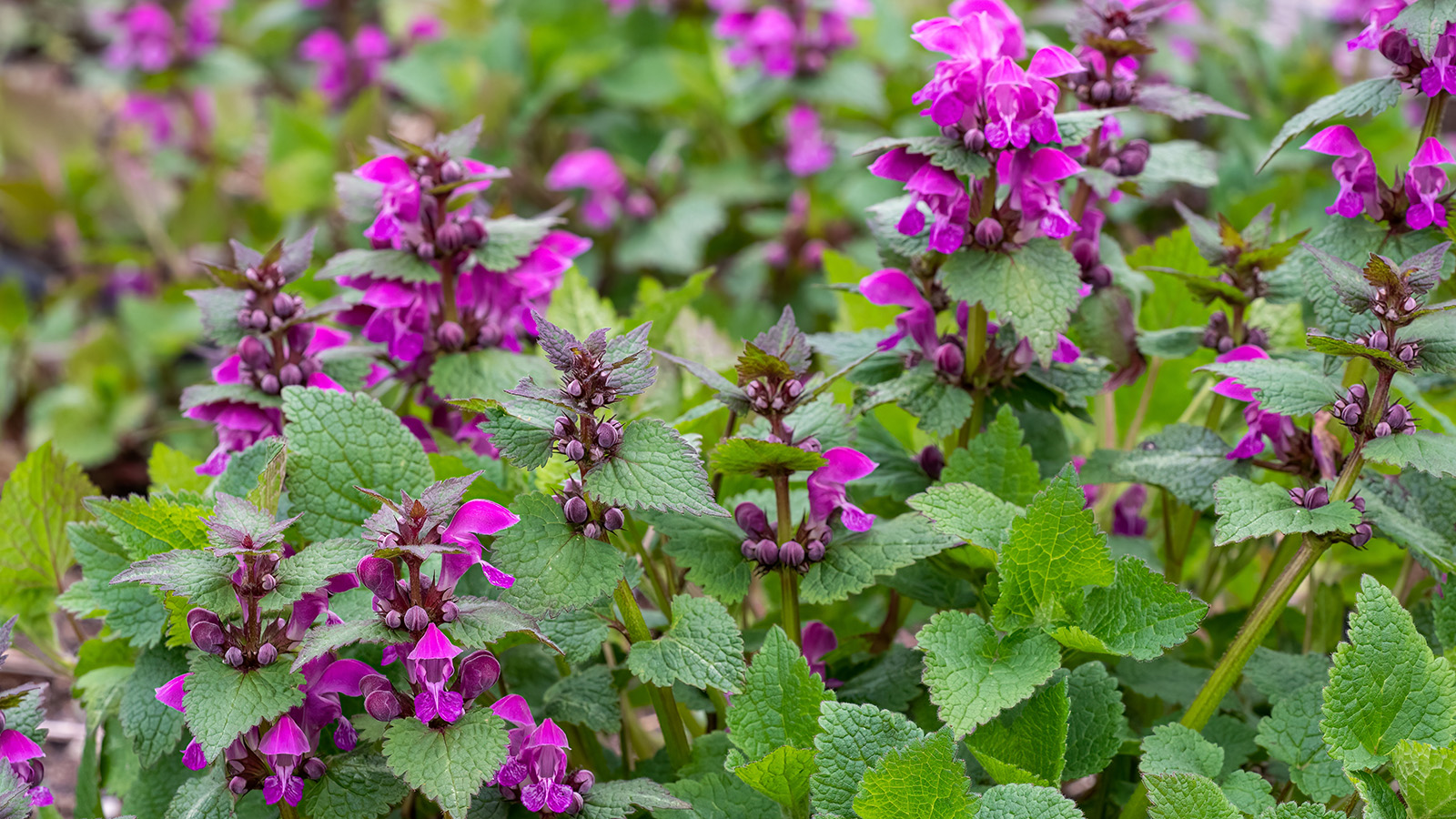
Perfect for: Extreme temperatures, shaded areas, drought conditions
Dead nettle is a less common species but one that deserves a bit more attention. It’s a ground cover plant, meaning it only reaches a few inches in height but spreads quickly outwards across the garden.
Dead nettle features leaves in silver or variegated colorways, creating a striking canvas even before the flowers emerge in the summer. Blooms come in purple, pink or white varieties and are arranged in little clusters that crown the carpet beneath.
This plant is hardy in zones 4 through 8 and is able to thrive even in drought conditions or in shade. In fact, it can even survive winter frosts and summer scalding, making it a reliable choice for anyone who lives in more extreme climate regions.
The only real maintenance you’ll need to do is maybe to prune away any excess growth if your dead nettle is a bit too prolific.
6. Sedum
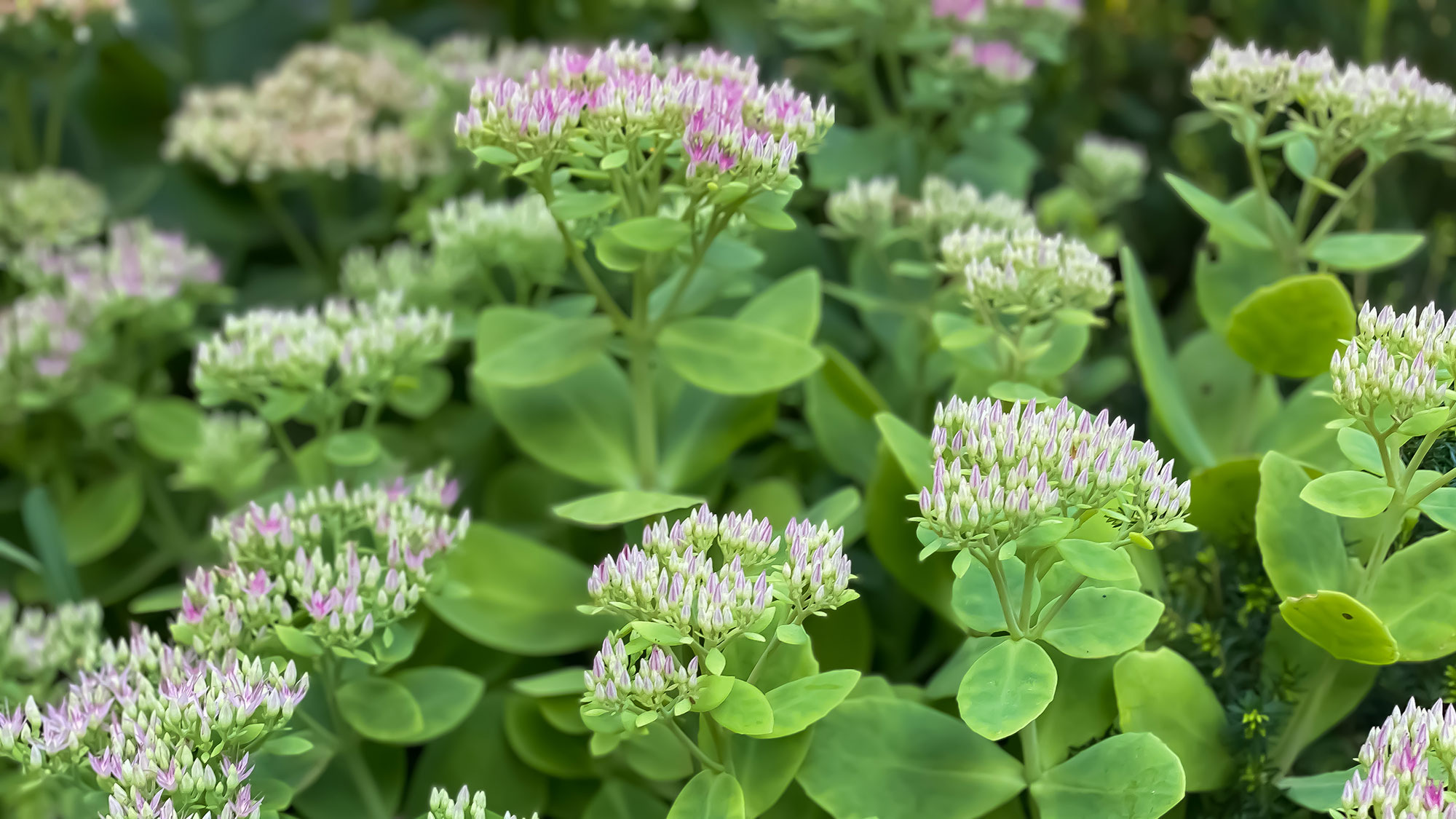
Perfect for: Drought conditions, pest-heavy regions, busy gardeners
Sedum, also known as stonecrop, is one of the trickiest plants to kill, thanks to its ability to survive near-total neglect.
The plant’s signature blooms are large clusters of tiny flowers that create vibrant clouds atop delicate stems, in soft colors like pink, purple, and white but also in vivid colors of red, orange, and yellow.
Despite their large number, the flowers don’t need to be deadheaded at the end of the flowering season and they will continue to emerge each year, even with minimal care given to the plant. In fact, sedum rarely needs watering or mulching and is known for surviving years without much maintenance.
This is also a great plant for regions that are heavily affected by pests, since the leaves of the sedum plant naturally deter many insects. While some people find their sedum a bit too rigorous, expanding into areas of the garden where they aren’t wanted, this growth can be easily checked.
7. Daffodils
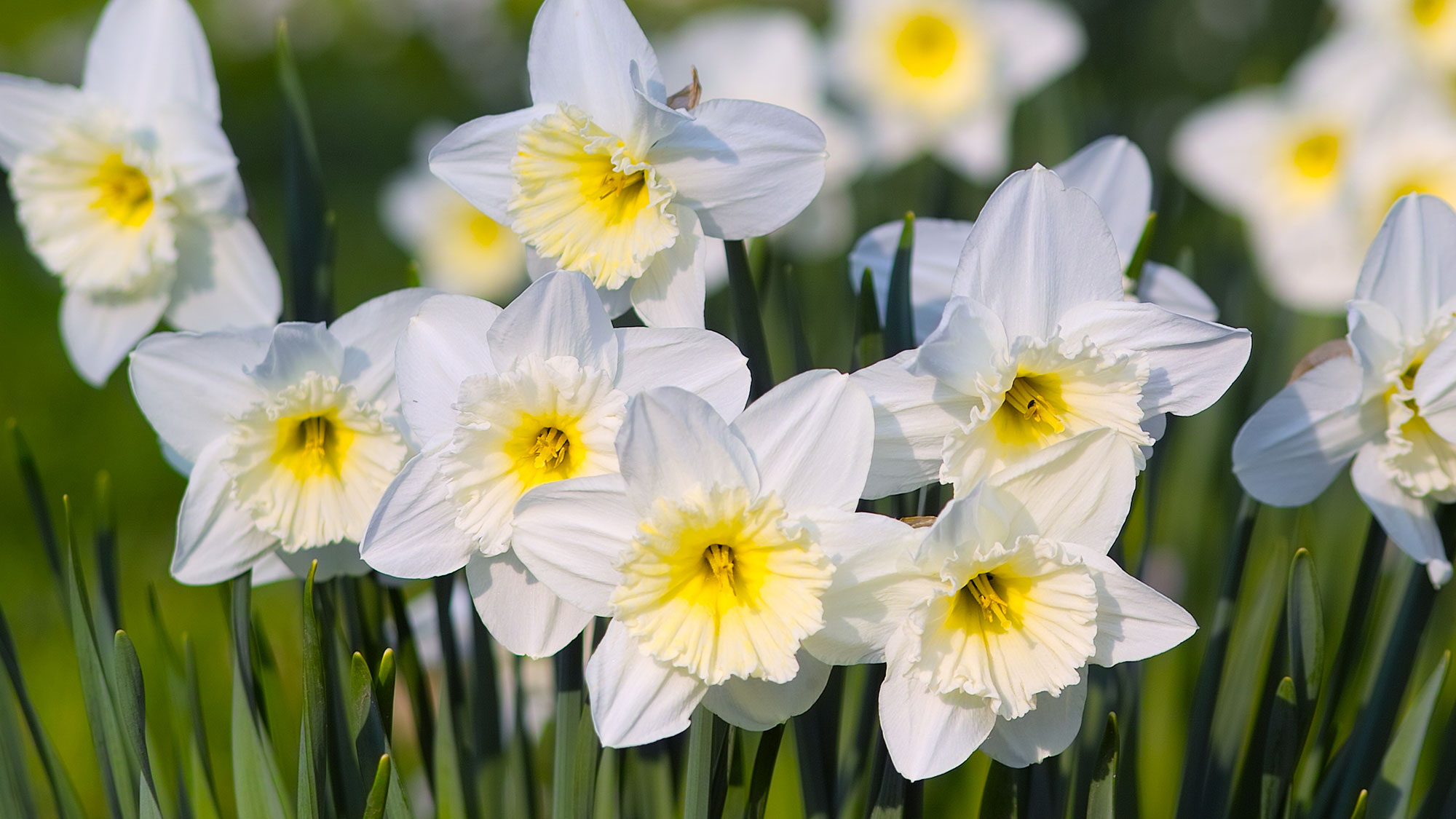
Perfect for: Colder climates, poor soils, early spring flowering
Daffodils herald the arrival of spring every year, popping up all over the map – even through snow banks.
This ability to handle cold weather and even frosts is one reason why daffodils are so easy to grow and hard to kill. These cheerful yellow flowers grow from bulbs, meaning they should be planted a few inches deeper under the soil than many other varieties.
However, this is one of the only bits of care you will need to take with daffodils. Planting a few bulbs one year should lead to consistent growth each year after, with individual bulbs forming colonies of flowers over time.
They don’t need a lot of watering or sunlight and their early flowering in either late winter or early spring is a great way to bring life back to the garden. If you’d like, you can add a bit of fertilizer to the bulbs, but this isn’t needed.
This pruner and holster set makes an ideal gift to gardening-loving friends or family. The pruner is designed for cutting flowers and for floristy, and can be stored in the holster when not in use. The bypass pruner has a high carbon steel blade and red comfort-grip handles.
8. Juniper
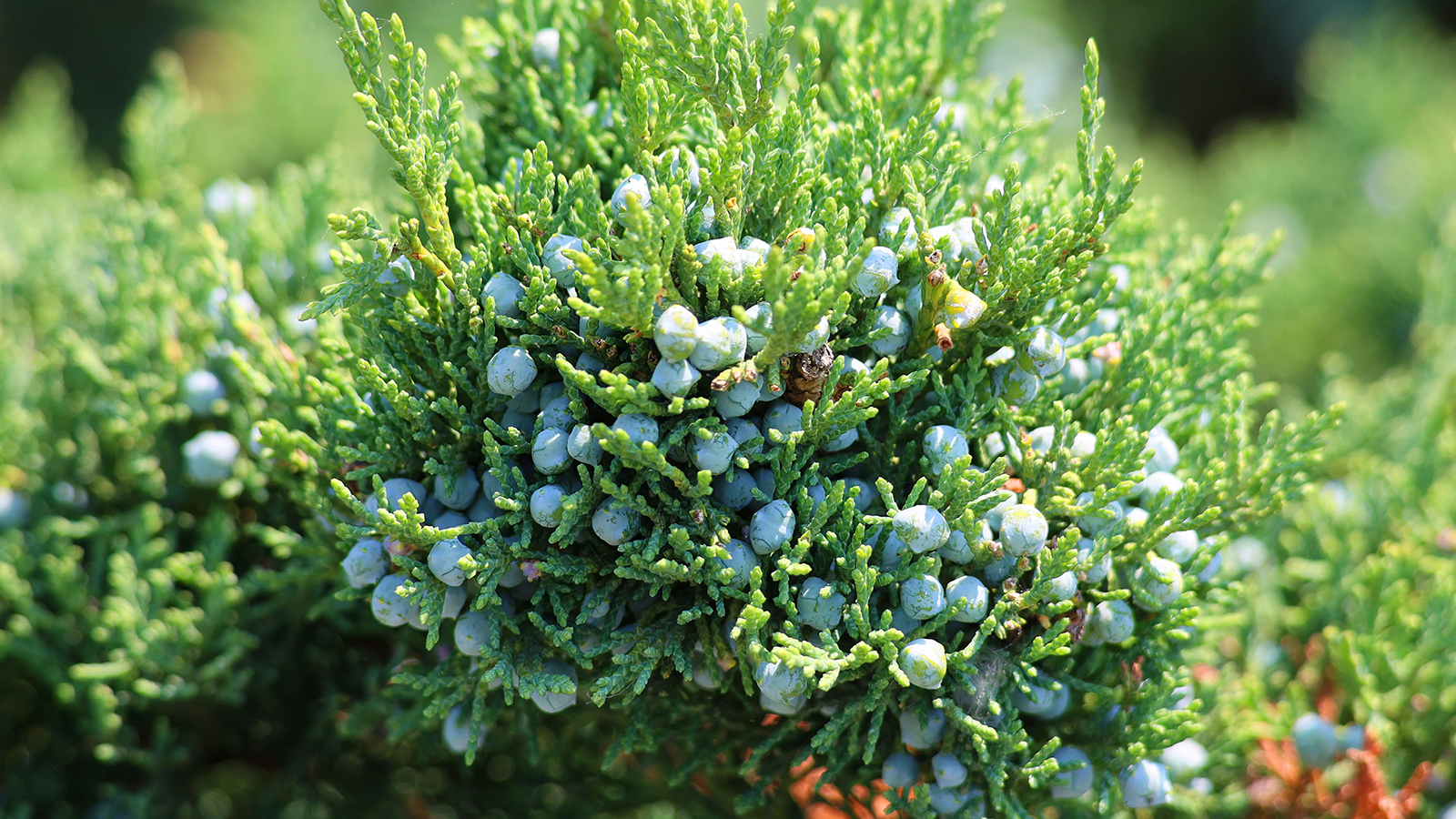
Perfect for: Drought conditions, rocky soils, coastal areas
It may appear like a cold-climate species, with its evergreen foliage and needle-like leaves, but juniper is surprisingly successful in warm climates as well. Its vivid green color makes it an attractive plant year-round and every spring it blooms with little white flowers.
Unlike other kinds of evergreen plants that often grow tall and narrow, juniper is known as something of a ground cover plant: It reaches 1-3 feet tall but 8-10 feet wide. Juniper is able to tolerate a range of temperatures but its biggest superpower is its ability to grow in any kind of soil, be that a patch of gravel or alluvial, coastal soils.
This means it is a reliable choice for areas that have historically been barren of plant life. Juniper is easy to maintain since it drops entire branches as needed during times of stress, plus it is resistant to all kinds of pests from deer to insects.
Even disease struggles to get a foothold with this evergreen. Juniper does prefer full sunlight, but it grows well in zones 3 through 9.
9. Feather reed grass
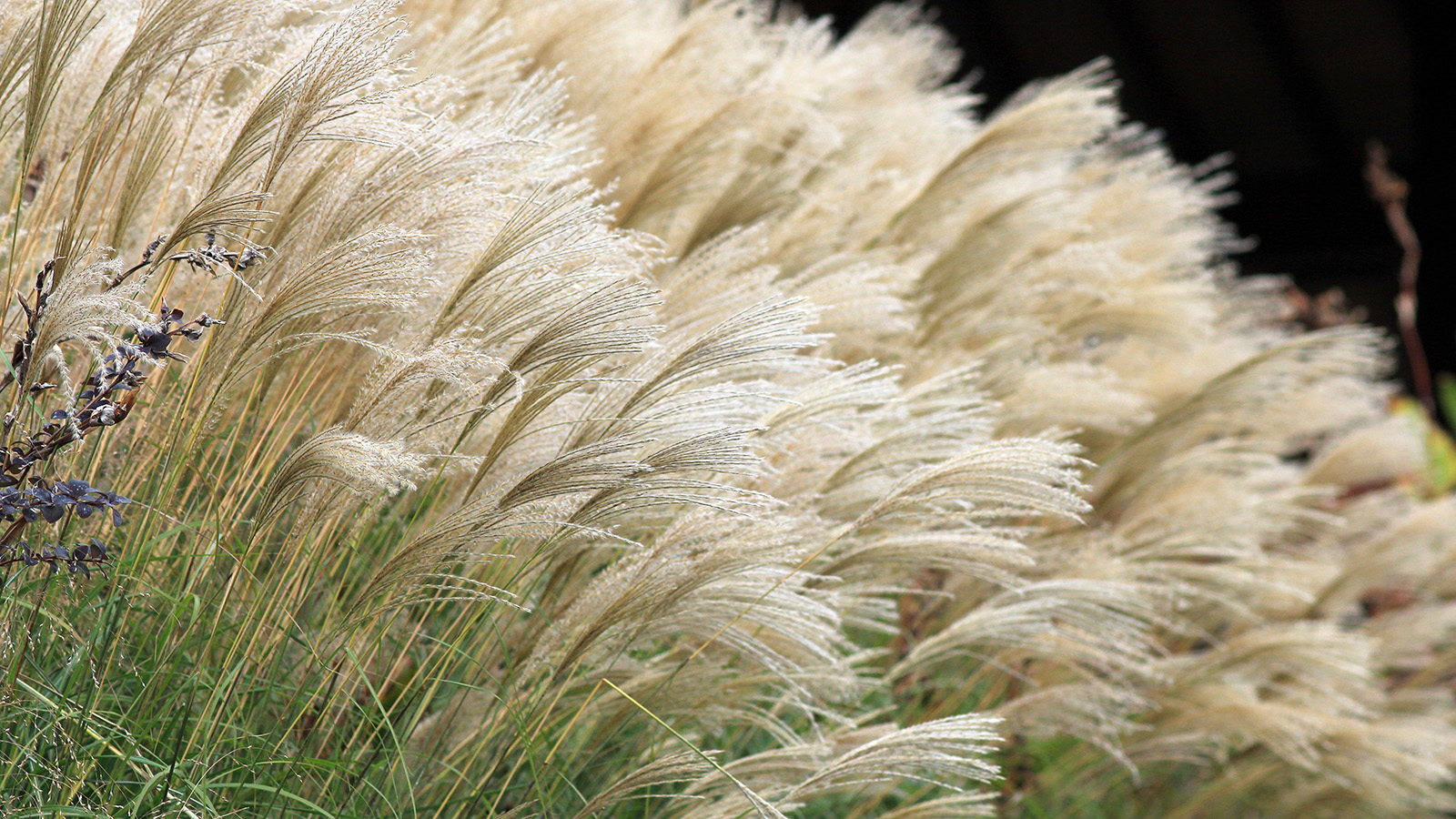
Perfect for: Wet and dry soils, poor soil, temperature fluctuations
Feather reed grass is a classic example of ornamental grass, which is a secret trick in every busy gardener’s back pocket. These grasses have evolved to handle a mix of different weather conditions and soil conditions, making them a resourceful and low-maintenance choice for any garden.
Feather reed grass shares these characteristics and is able to grow in both wet and dry soil, meaning you need not worry about over- or under-watering it like you might with other plants. It can also handle poor quality soil, without the need of any fertilizer.
Not only is it an easy choice, but it’s a striking one too. Feather reed grass grows long blades of green leaves in attractive, sculptural mounds, but then also features tall spikes of flowers every summer.
These can reach several feet in height and come in pink and purple shades, forming a pretty focal point in the garden.
More from Tom's Guide
- 9 colorful plants you can grow quickly for summer flowering
- Why you should be leaving grass clippings on your lawn after mowing
- 3 lawn care mistakes silently killing your grass this summer

Despite making her home in urban metropolises, Madeleine Streets has been nurturing a green thumb for decades.
Raised by a garden designer, she is putting that childhood education to use by helping others learn how to make their garden bloom, while filling her own New York home with cat-friendly plants.
When not writing about gardening and the outdoors, Madeleine loves to cook, study wine and borrow books from her local library.
You must confirm your public display name before commenting
Please logout and then login again, you will then be prompted to enter your display name.
